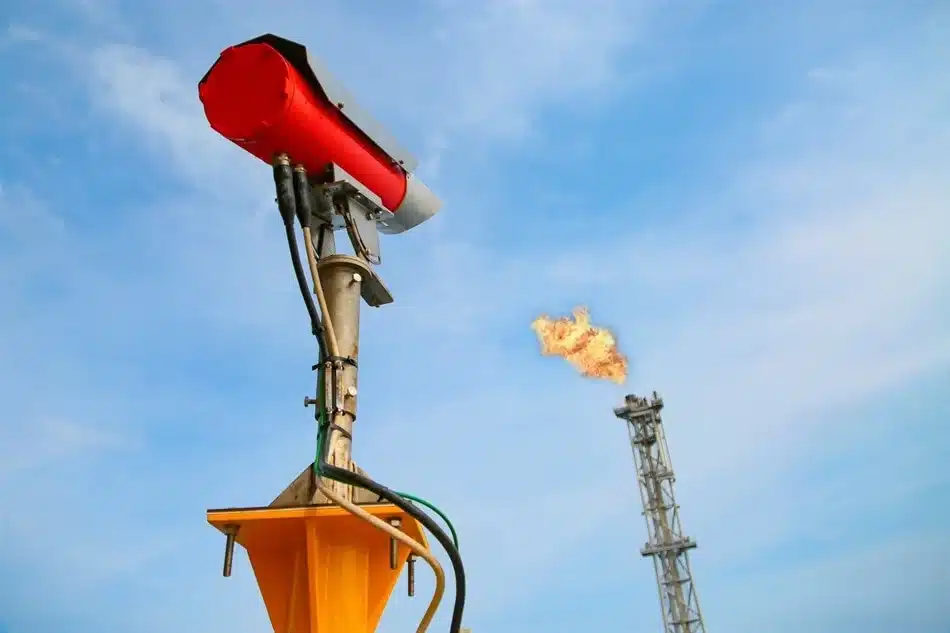
A study introduces In2O3-based nanostructures integrated with MEMS technology, achieving exceptional sensitivity to NO2 while slashing power consumption to 0.075 mW—perfect for portable and wearable devices.

Gas sensors, especially metal oxide semiconductor (MOS) types, are widely valued for their high sensitivity, quick response times, and affordability. However, their requirement for elevated operating temperatures (100–450 °C) significantly increases energy consumption, limiting their use in portable and wearable devices.
Recent research has focused on overcoming these limitations by improving sensor materials and structures. One promising development involves hierarchical nanostructures made from indium oxide (In2O3), which enhance gas sensing by improving interactions with gas molecules. These advancements not only increase sensitivity and response times but also reduce power consumption, making the sensors more energy-efficient.
In2O3 Gas Sensor Design
The study developed hierarchical In2O3 materials as the sensing layer for MEMS (Microelectromechanical Systems) gas sensors. The process began with a solution containing indium chloride, sodium dodecyl sulfonate, and urea, which underwent hydrothermal synthesis at 120 °C for nine hours. After processing, the resulting In2O3 powder was applied to a MEMS chip with integrated heating electrodes. To stabilize the sensors, they were aged at 300 °C for 24 hours.
The research utilized two heating modes: continuous heating and pulse heating. Continuous heating involved a constant voltage, while pulse heating varied duration and intervals to optimize energy efficiency and performance. This dual approach allowed researchers to fine-tune the sensor for detecting nitrogen dioxide (NO2) at concentrations between 100 ppb and 4 ppm.
The hierarchical In2O3-based MEMS sensors demonstrated superior sensitivity and energy efficiency compared to conventional sensors. The pulse-driven heating mode significantly reduced power consumption to just 0.075 mW—1/300th of the energy required in continuous mode (22.5 mW). This reduction is crucial for portable applications where battery life is essential. Moreover, the sensors achieved exceptional sensitivity, detecting NO2 concentrations as low as 100 ppb.
This research marks a breakthrough in gas sensor technology, combining innovative In2O3 nanostructures with a pulse-driven heating mechanism to achieve high sensitivity and ultra-low energy consumption. These advancements pave the way for integrating energy-efficient gas sensors into wearable and IoT devices, offering new possibilities for environmental monitoring and safety applications.










